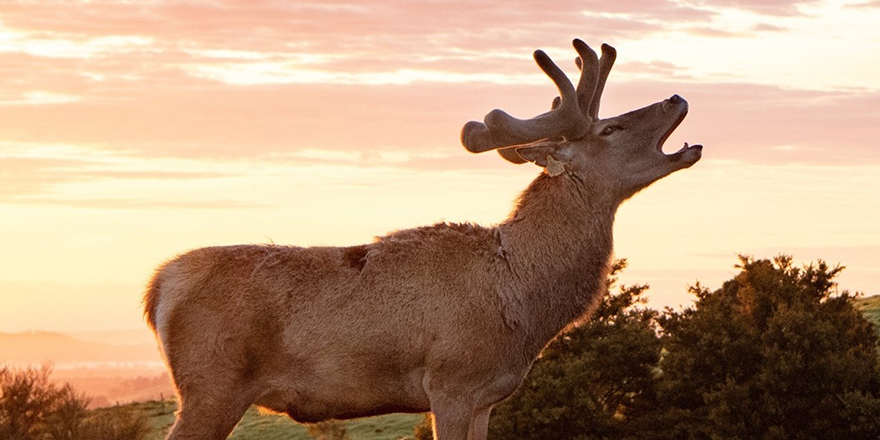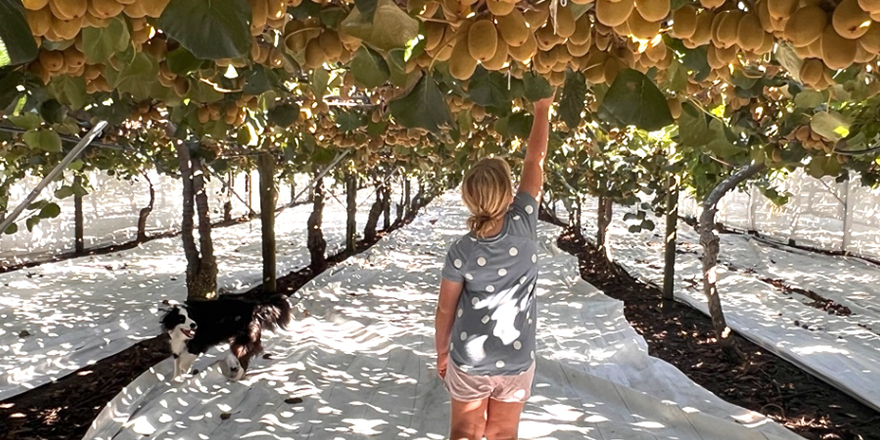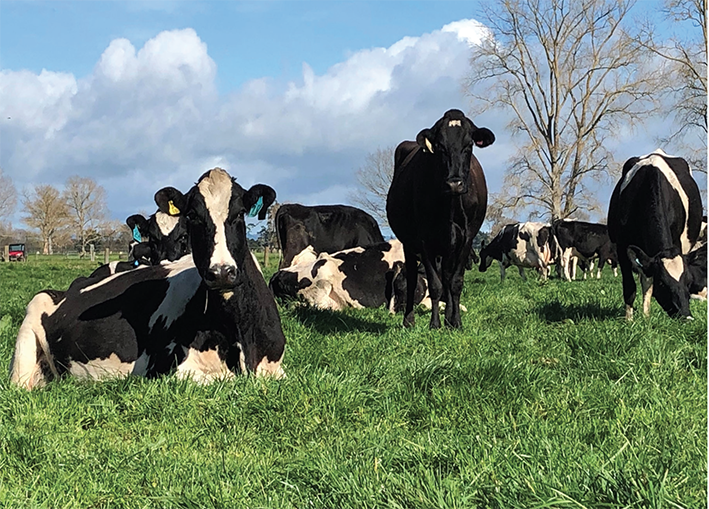This paper initially set out to determine whether it was possible to better monetise sustainability with the New Zealand Deer Industry. In addition to this, I wanted to understand why NZ deer farmers seemed to achieve such poor returns in comparison to both the end value of their products, and the level of risk they accepted in producing them. And lastly, I wanted to know whether our conventional industry supply chains were going to be fit for purpose in a rapidly changing world.
To achieve this, I undertook a review of existing literature, spoke to industry leaders, academics, public servants, and business owners. Most of these were connected to the primary sector, however perspectives and experience from outside the sector were also sought for insight and comparative purposes.
In doing so I found the following:
- NZ deer farmers, similar to the wider drystock sector, are not profitable in the context of other industries and what are considered average Returns on Capital Employed (ROCE) within NZ. On average, NZ deer farmers achieve approximately 3.4% return on their capital. In comparison, the NZ share market has achieved an average return of 6.5% since 1900. Additionally, our true capital gains are virtually zero once inflation is considered.
- There are a number of macro level risks and trends in existence that are affecting the NZ deer industry now or will do so in the future. It is also likely that we are underestimating them. The risks posed by factors such a climate change, environmental degradation, geopolitical risk, and the rapid emergence of alternative proteins are significant. Each of these has the ability to significantly disrupt our industry, one that is plagued by poor returns and an increasingly unsympathetic public. Our current approach to these trends is largely one of defense and maintaining the course. This must be replaced by a strategy of active risk management and opportunity realisation.
- Our current industry supply chains do indeed place the majority of the risk onto the farmer, noting our conventional position as sellers of raw undifferentiated commodity products into global markets. This ongoing situation forces the industry to accept all production risks and the prevailing market price, while allowing multiple other members of the supply chain to add their margin. This results in farmers receiving as little as 3% of the end value of their velvet. As the range and severity of the risk’s deer farmers face increase, it is clear that we can no longer afford the status quo.
- Environmental outcomes and profit are not mutually exclusive. There are currently working examples within NZ of primary sector organisations and businesses that are achieving above average returns and positive environmental outcomes. An example of this is Lake Hawea Station that is achieving a 40% premium over the current industry average for its fine wool on the basis of its carbon zero certification.
- Whilst environmental attributes can be successfully monetized, it is unlikely to be done successfully through our conventional supply value chains. These systems are set up to supply undifferentiated commodities onto the open market and are therefore unlikely to achieve and/or maintain a premium for those attributes, particularly when other agriculture countries are doing the same. Additionally, not all of our end customers place the same value on environmental attributes. To fully leverage positive environmental attributes, it is necessary to fundamentally change the way we take our products to market. It is also recognised that developing new business models can carry a significant degree of risk and requires a range of competencies outside of those required to run a traditional farming business.
To achieve this, it is recommended that the NZ Deer Farmers Association (DFA) establish a programme of work in coordination with Deer Industry NZ (DINZ) and Central Government, with the purpose of transitioning the industry away from the sale of its products as raw/undifferentiated commodities via conventional supply chains, and towards the establishment of short value chains that are effective in matching value creation with economic return. It is proposed that the programme contain the following key objectives:
(a) Identify and support the establishment of business models and/or industry structures that have the potential to achieve the intent of the project. This work would be initially informed by those models utilised by Spring Sheep, NZ Merino and Zespri.
(b) Identify and promote the utilization of technology and web-based platforms that allow for the identification of consumers and the sale of finished products directly to them.
(c) Identify what environmental attributes can be leveraged by these business models for commercial advantage, noting that the delivery and communication of on-farm environmental outcomes will also be beneficial to the deer industries social licence. The key focus of this objective is turning environmental compliance into economic opportunity.
It is further proposed that financial support for this project by sought from Government, based on its alignment with current political priorities, including addressing climate change through the reduction of on-farm emissions.
It is well understood by the author that many of findings contained within this report are not new, and that attempting to both capture and create more value from NZ’s agriculture products has long been an area of focus. However, our environment today is different from yesterday. We now have the knowledge, the examples, and the tools necessary to take our products to market more profitably and achieve better environmental outcomes. We as farmers, should no longer let existing structures, interests and thinking continue to dictate what we are paid and how much risk we accept in turn.
Keywords for Search: Ben Anderson, Benjamin, Andersen




